Engineering Mathematics in Ship Design/Инженерная математика в корабельном проектировании
Издание на английском языке
With over that 70% of the Earth submerged by seas, continents separated by oceans, two thousand major islands scattered throughout the World, hundreds of thousands of kilometers of navigable rivers, maritime or fluvial transport surely represents one of the most important ways of moving people, goods, and wealth around the globe. This kind of transport has been widely used along the human history and development, allowing achievements not reachable in any other way in commercial, economic, technological, and even social aspects. As a consequence, the study of topics related to the ships design has always been a relevant aspect in every civilization and time. From the moment when the man has decided to face the sea on a boat up to the present day, a myriad of designers has posed the same fundamental question: "are there knowledge or tools that can support the design of my boat in the way to make it as fast and safe as possible?". This notable question was for who prepared the boat for the pharaoh about 3000 years before the Jesus Christ, as for who is designing the new catamaran for the next American’s cup just now. However, fortunately, these centuries have allowed us to develop a profound knowledge of marine engineering, including a large range of methods and techniques useful for every boat designer.
Engineering mathematics, in particular, is a study field where mathematical methods and solving techniques are combined, regardless of the (analytical, numerical, or experimental) approach to offer a response to physical dilemma and to solve practical engineering problems.
In the present edition, this knowledge is employed to obtain several important recommendations about diversified fields of ship design, from the structural analysis in hulls up to methods that take into account the environmental sustainability in maritime transports.
Contents
About the Special Issue Editors
Cristiano Fragassa, Elizaldo Domingues dos Santos and Felipe Vannucchi de Camargo
Use of Engineering Mathematics for Ship Design
S.S. Kianejad, Jaesuk Lee, Yi Liu and Hossein Enshaei
Numerical Assessment of Roll Motion Characteristics and Damping Coefficient of a Ship
Rasul Niazmand Bilandi, Simone Mancini, Luigi Vitiello, Salvatore Miranda and Maria De Carlini
A Validation of Symmetric 2D + T Model Based on Single-Stepped Planing Hull Towing Tank Tests
Sakineh Fotouhi, Mohamad Fotouhi, Ana Pavlovic and Nenad Djordjevic
Investigating the Pre-Damaged PZT Sensors under Impact Traction
Riccardo Panciroli, Tiziano Pagliaroli and Giangiacomo Minak
On Air-Cavity Formation during Water Entry of FlexibleWedges
Joao Pedro T. P. de Queiroz, Marcelo L. Cunha, Ana Pavlovic, Luiz Alberto O. Rocha, Elizaldo D. dos Santos, Gregorida S. Troina and Liercio A. Isoldi
Geometric Evaluation of Stiffened Steel Plates Subjected to Transverse Loading for Naval and Offshore Applications
Felipe Vannucchi de Camargo
Survey on Experimental and Numerical Approaches to Model Underwater Explosions
Cr?stofer H. Marques, Jean D. Caprace and Alberto Martini
An Approach for Predicting the Specific Fuel Consumption of Dual-Fuel Two-Stroke Marine Engines
Youssef El Halal, Cristofer H. Marques, Luiz A. O. Rocha, Liercio A. Isoldi, Rafael de L. Lemos, Cristiano Fragassa and Elizaldo D. dos Santos
Numerical Study of Turbulent Air andWater Flows in a Nozzle Based on the Coanda Effect
Augusto Silva da Silva, Phelype Haron Oleinik, Eduardo de Paula Kirinus, Juliana Costi, Ricardo Cardoso Guimaraes, Ana Pavlovic and Wiliam Correa Marques
Preliminary Study on the Contribution of External Forces to Ship Behavior
Jelena Sakovic Jovanovic, Cristiano Fragassa, Zdravko Krivokapic and Aleksandar Vujovic
Environmental Management Systems and Balanced Scorecard: An Integrated Analysis of the Marine Transport
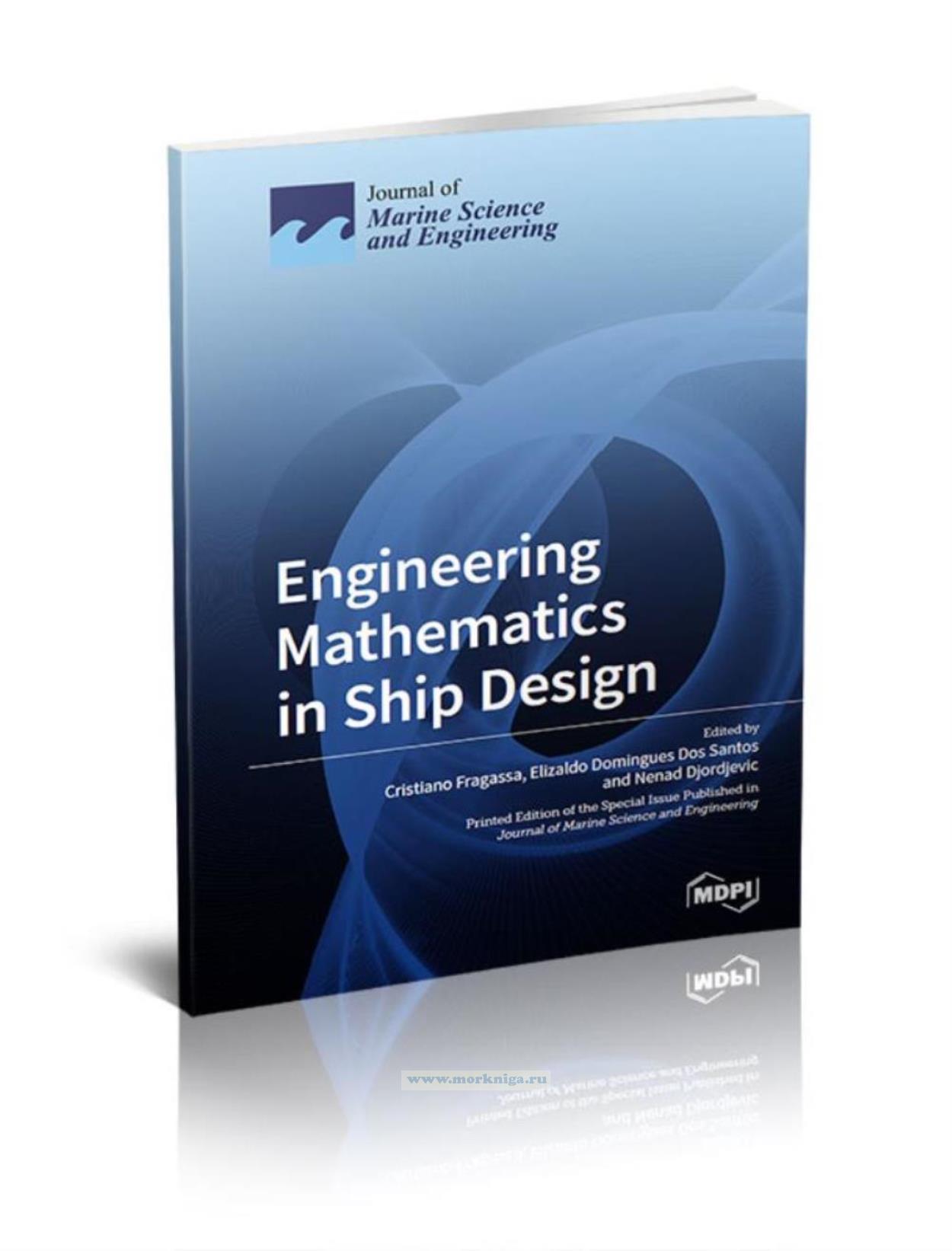
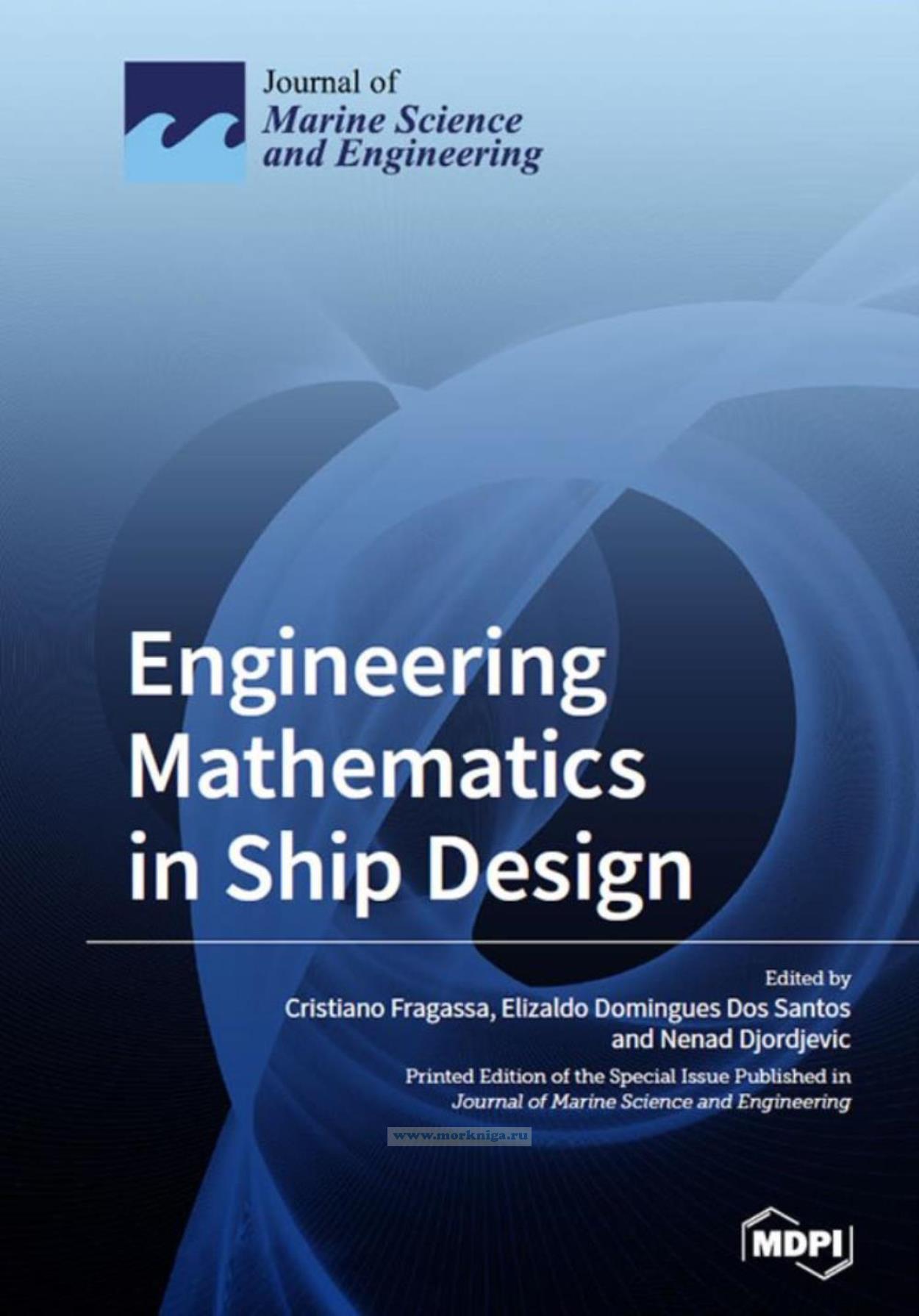
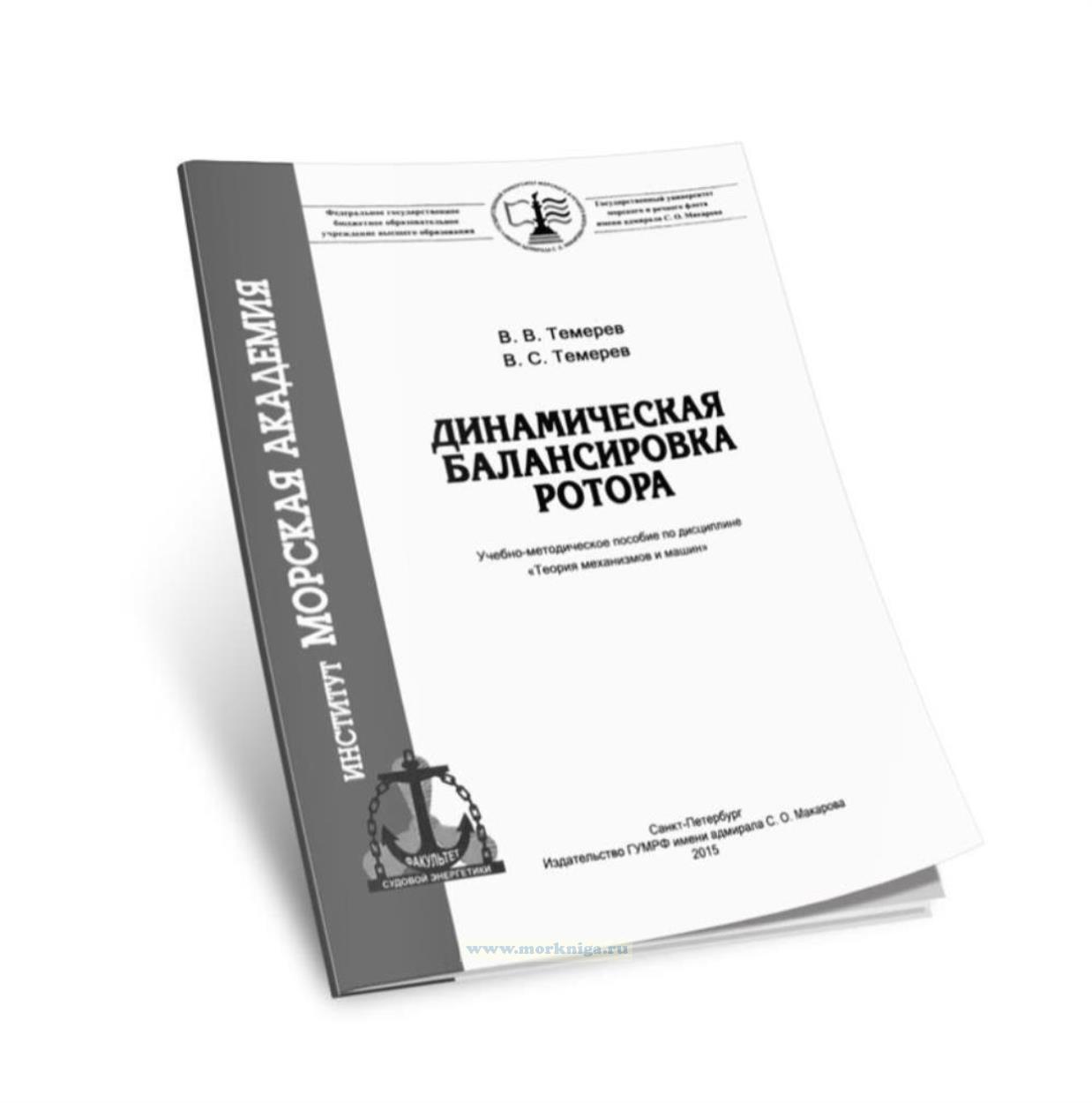 Динамическая балансировка ротора
Динамическая балансировка ротора 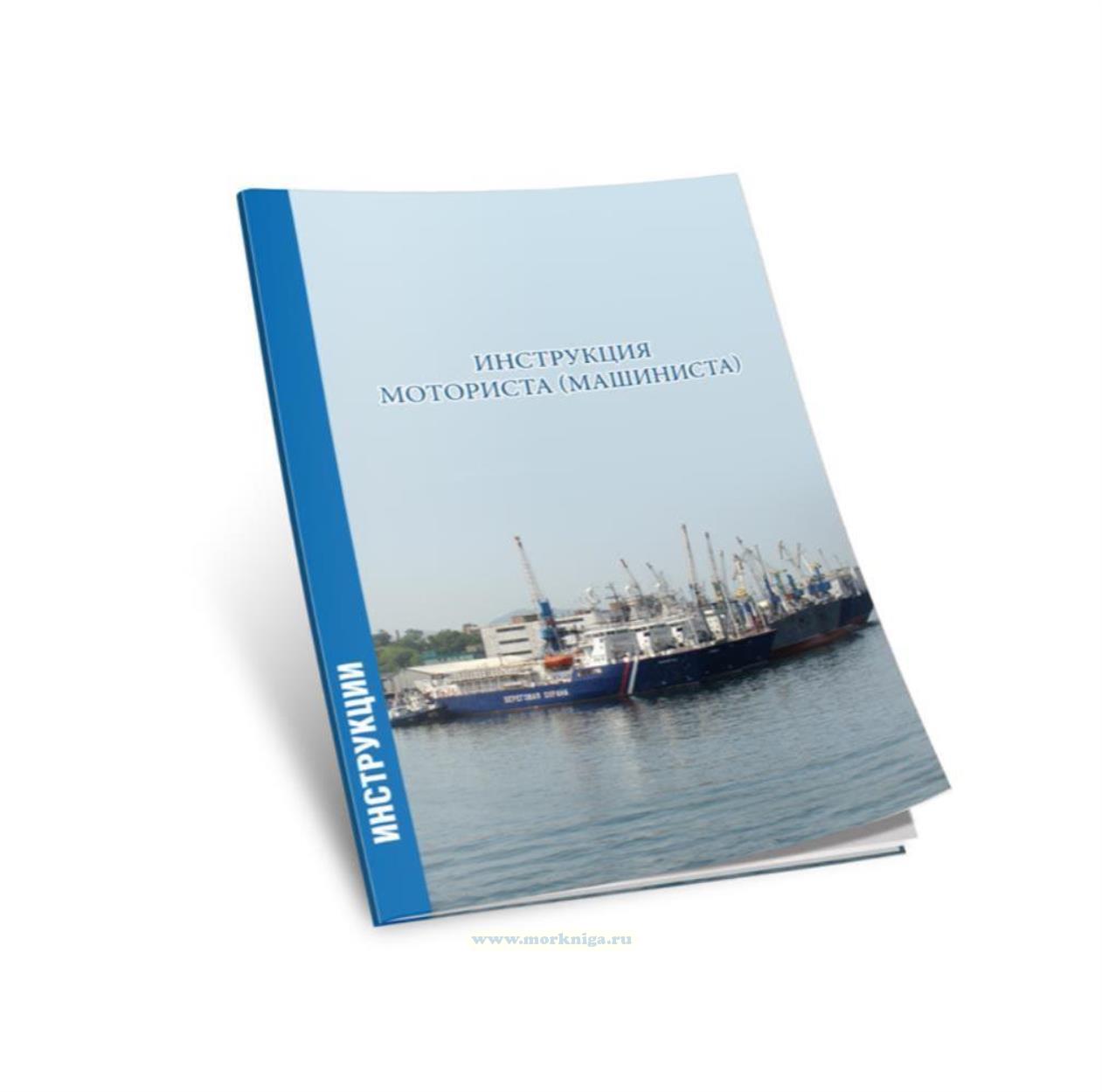 Инструкция моториста (машиниста)
Инструкция моториста (машиниста) 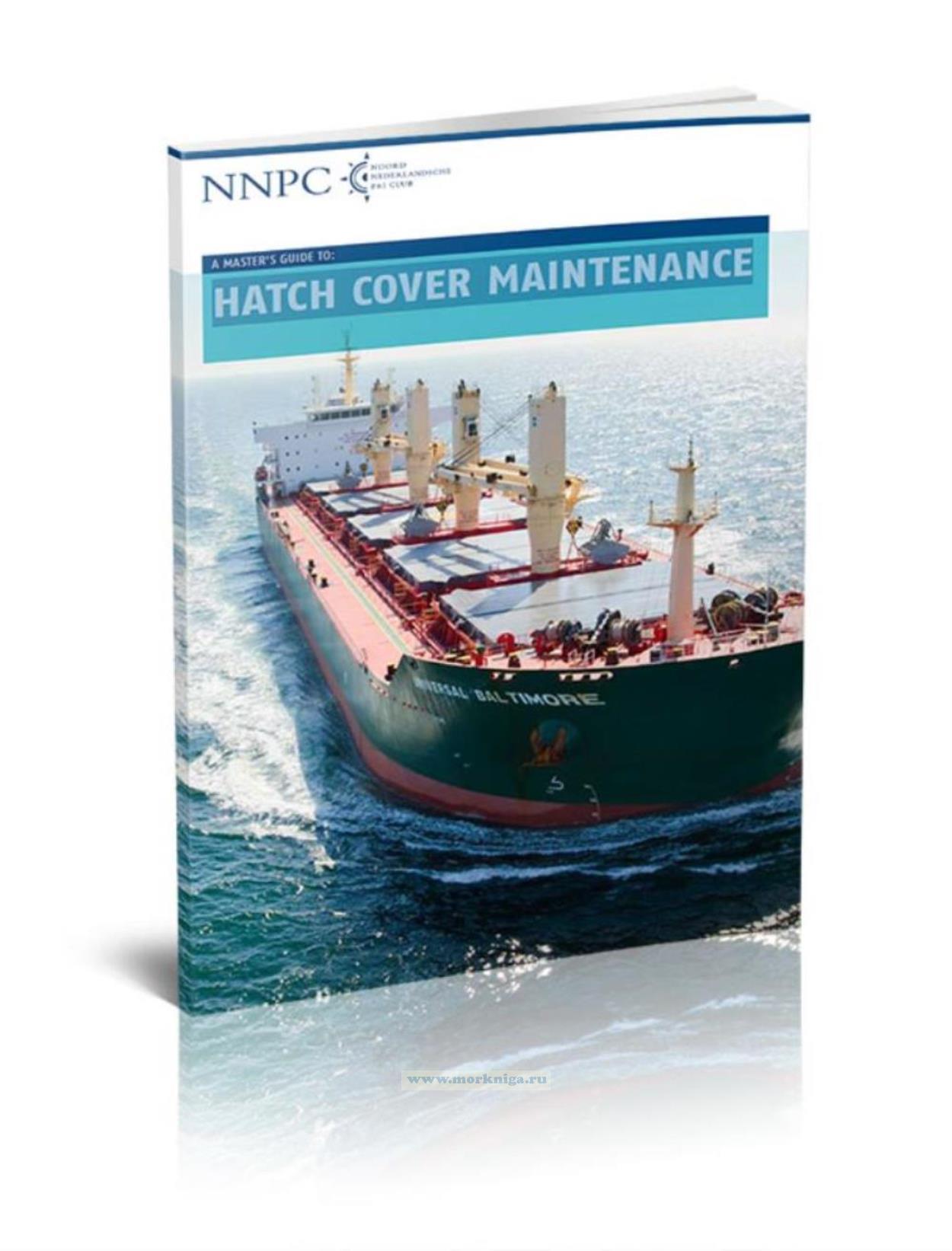 A master’s guide to: Hatch cover maintenance. Руководство капитана по техническому обслуживанию грузовых крышек люков
A master’s guide to: Hatch cover maintenance. Руководство капитана по техническому обслуживанию грузовых крышек люков